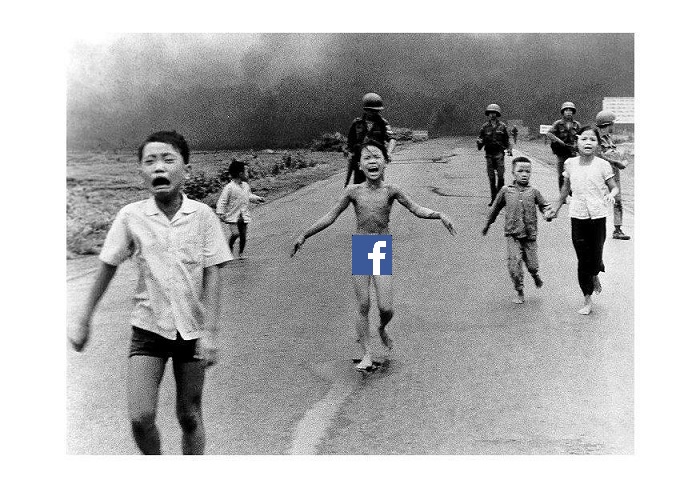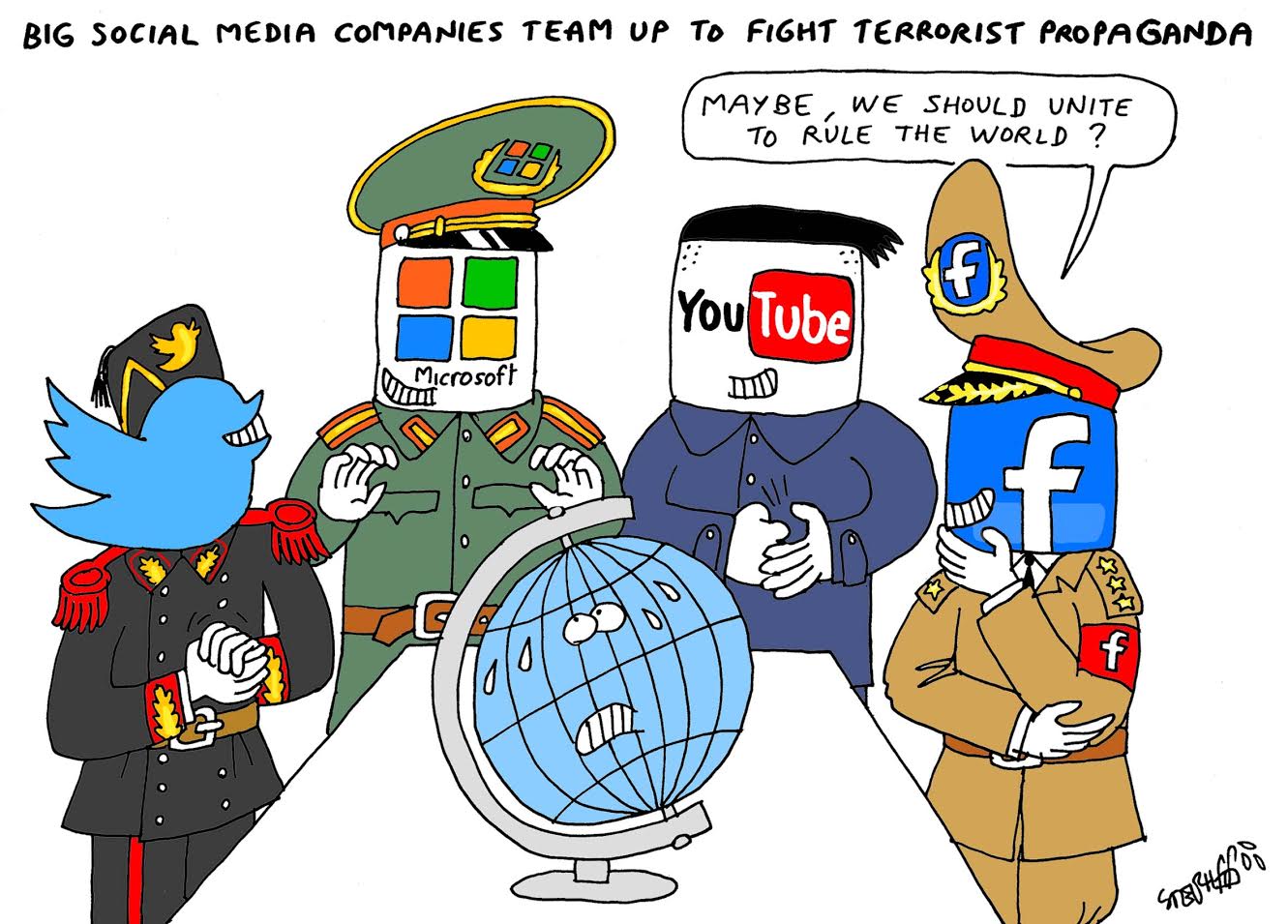Internet giants that tolerate or actively cooperate with censorship
The New York Times revealed in November 2016 that, with owner Mark Zuckerberg’s support, Facebook had secretly developed software to stop certain content from appearing in users’ news feeds in specific geographic areas. Facebook sources told the newspaper that the software’s aim was to satisfy the Chinese regime’s censorship requirements. It was created to help the US social network giant get back into the Chinese market, from which it was expelled seven years ago during a period of unrest by the Uyghur minority in Xinjiang, which used Facebook to circulate information about the crackdown on protests and riots.
There is growing concern about Facebook’s active cooperation with certain governments, its deletion of journalistic content and its opaque content “moderation” policies. The many examples include the blocking of the fan page of ARA News, a website that covers developments in Syria, Iraq, Turkey and other parts of the Middle East and claims to receive thousands of visitors a day on its Facebook page. The California-based company blocked the ARA News fan page for several days last December without any explanation.
Stephff, a Thai cartoonist known for his sarcastic drawings, found that his Facebook account had been suppressed shortly after he posted a cartoon on Facebook and other social networks. The Facebook account of David Thomson, a Radio France Internationale journalist who specializes in covering Jihad, was blocked in June 2016 on the grounds that an Islamic State flag could be seen in a photo. The journalist Kevin Sessums, and the famous 1972 photo of a Vietnamese girl who had just been burned in a napalm attack are among the many victims of Facebook’s arbitrary censorship that have ended with the content or account being restored, the lifting of a ban and the same apology: “We’re very sorry about this mistake. The post was removed in error and restored as soon as we were able to investigate. Our team processes millions of reports each week, and we sometimes get things wrong.”
“We sometimes get things wrong”

The other Internet giants are not much better. Twitter was repeatedly accused of censoring journalists in 2016. In Turkey, Twitter used its local content management tool for blocking access to a tweet or an account from within a given country. On its website, Twitter says it only acts on “a valid and properly scoped request.” But it quickly implemented the orders issued just a few days after Turkey’s 15 July abortive coup, censoring more than 20 accounts of journalists and media outlets. Most of the censored accounts were those of former reporters and editors of the newspaper Zaman Amerika. They also included a Kurdish journalist, @AmedDicleeT, with 186,000 followers, the Kurdish daily Özgür Gündem (@ozgurgundemweb1) and even the official account of the Kurdish news agency DIHA (@DicleHaberAjans).
“We have challenged (at great expense on Twitter) many of the withholdings in Turkey in Court, including a majority of the verified accounts (of journalists). The content may remain visible until the appeal is resolved”, answer Twitter.

Apple received criticism in January 2017 when the New York Times reported that both the English-language and Chinese-language versions of the NYT app had been removed from the iTunes store in China at the request of the Cyberspace Administration of China (CAC), the official body that monitors the Internet for the Communist Party. Self-censorship by iTunes had already been noted shortly after it created its first store in China in 2008.
Apple has since blocked many apps about the Dalai Lama and other subjects that are taboo in China. In late 2015, a US businessman travelling from Hong Kong to Mainland China saw how the Apple News app was suddenly blocked . In September 2015, Apple blocked an app created by Josh Begley, a journalist with The Intercept, that monitors all drone strikes carried out by the United States, and an app about the shooting in Ferguson, Missouri.
